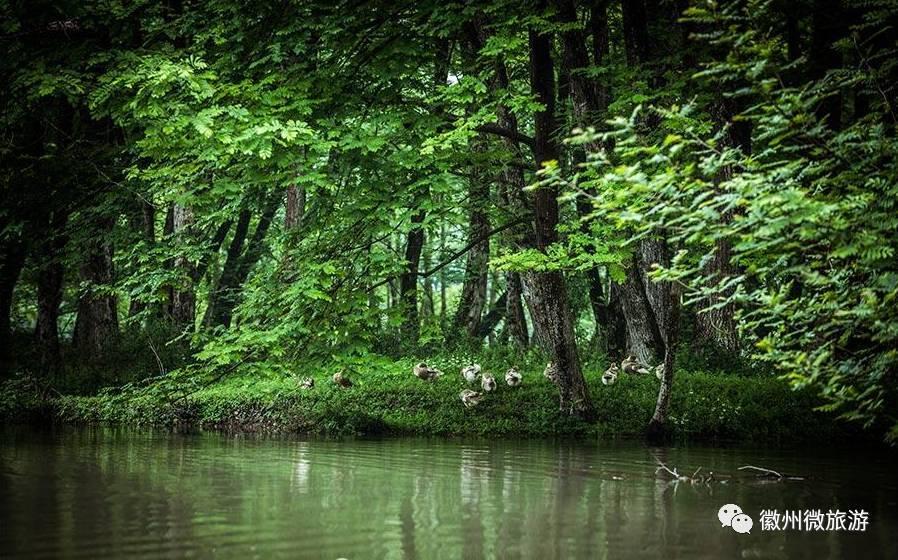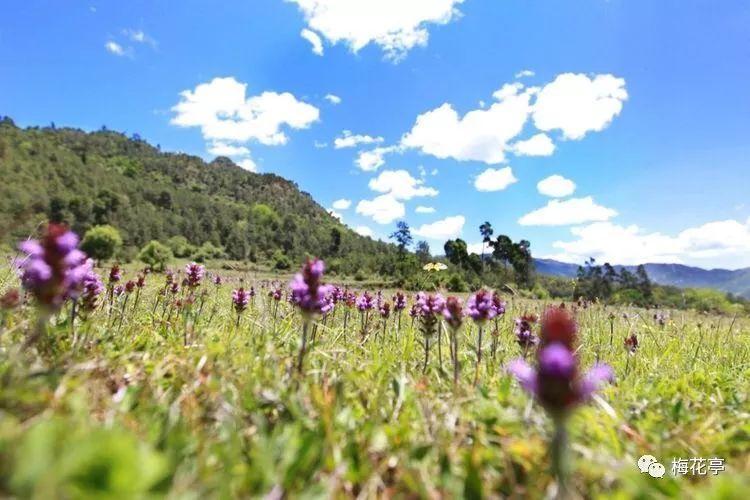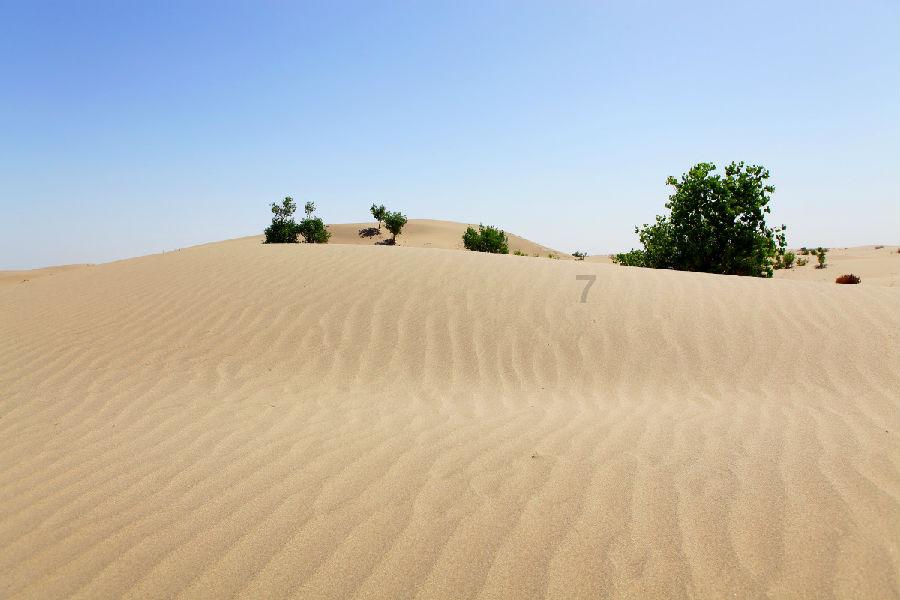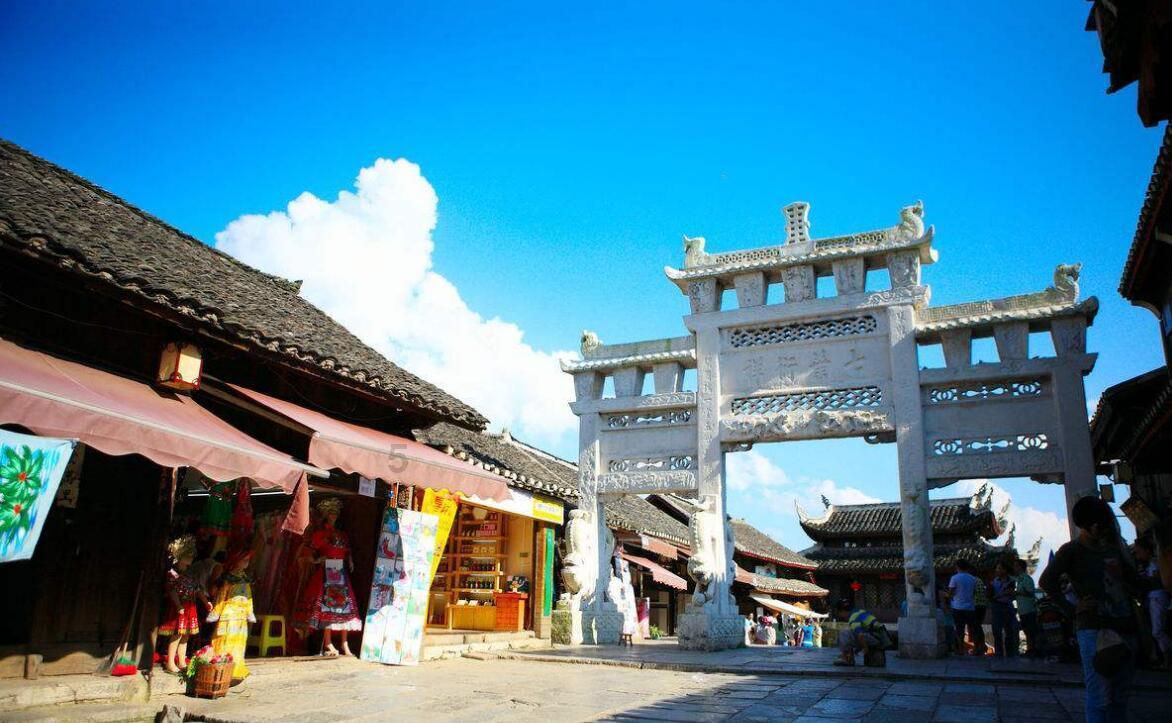
Natural disasters are events caused by natural forces that can cause significant damage to the environment and endanger the lives and well-being of people and other living organisms. They include phenomena such as earthquakes, floods, hurricanes, tsunamis, wildfires, and volcanic eruptions. One of the most devastating natural disasters is an earthquake. It occurs when the Earth's tectonic plates shift and release energy, causing the ground to shake. Earthquakes can result in the collapse of buildings, destruction of infrastructure, and loss of life. They can also trigger secondary disasters such as landslides and tsunamis. Floods are another common natural disaster that occurs when there is an excessive amount of water in an area. Heavy rainfall, melting snow, or dam failures can lead to flooding. Floods can cause widespread damage to homes, crops, and infrastructure. They can also lead to the displacement of people and the outbreak of water-borne diseases. Hurricanes, also known as typhoons or cyclones, are powerful storms that form over warm ocean waters. They are characterized by strong winds, heavy rain, and storm surges. Hurricanes can cause massive devastation, including widespread flooding and destruction of homes and buildings. The strong winds can uproot trees and power lines, leading to power outages and communication disruptions. Tsunamis are ocean waves triggered by underwater earthquakes, volcanic eruptions, or landslides. They can travel across the ocean at high speeds and cause enormous damage when they reach coastal areas. Tsunamis can obliterate entire communities, destroy infrastructure, and cause widespread loss of life. Wildfires are uncontrolled fires that spread rapidly through vegetation, fueled by dry weather conditions and strong winds. They can destroy vast areas of forests, habitats, and farmland, causing significant ecological and economic damage. Wildfires can also lead to the release of harmful pollutants into the air, jeopardizing the health of nearby communities. Volcanic eruptions occur when molten rock, ash, and gases are released from a volcano. They can result in the destruction of nearby communities, as well as long-term environmental consequences such as the deposition of ash and the formation of new landforms. Volcanic eruptions can also lead to the release of toxic gases into the atmosphere, posing a threat to human health. In conclusion, natural disasters are events caused by natural forces that can have devastating consequences. They can result in loss of life, destruction of infrastructure, and long-term environmental damage. It is crucial for governments, communities, and individuals to be prepared for such disasters and take appropriate measures to mitigate their impact.
章丘区推进政策、人才、技术、项目、资本等下乡兴村,全区乡村各类人才突破2万人;,要增强软实力,抓好要素保障、强化资本保障、优化环境保障。
点火系统由哪几部分组成?
点火系统通常由以下几部分组成: 1. 点火开关(Ignition switch):点火开关控制整个点火系统的开关状态,通常有OFF、ACC和ON等多个档位,提供不同的电源供应。 2. 点火线圈(Ignition coil):点火线圈是将电池提供的低电压转换为高电压的装置,它通过电磁感应原理将低电压输入转换为高电压输出,以供给火花塞点火使用。 3. 火花塞(Spark plug):火花塞位于发动机缸壁上,通过点火线圈产生的高电压将点火线火花引导至火花塞间隙处,产生火花从而点燃混合气体,起到点火的作用。 4. 点火线(Ignition wire):点火线将点火线圈输出的高电压传输到各个火花塞,以供给火花塞点火使用。 5. 控制单元(Control unit)或称为点火模块(Ignition module):控制单元是点火系统的主控制装置,它根据发动机的运行状态和各种传感器的信号,控制点火时机和点火的持续时间,以确保发动机正常运行。 此外,一些点火系统还可能包括电源电缆、地线、传感器等其他组件,以及配套的传感器和监测设备,如曲轴位置传感器、相位传感器等。不同类型的发动机和车辆可能会有一些差异,但以上是点火系统的常见组成部分。
在气温适宜时,可根据自身情况进行适量的户外活动,避免久坐久卧。, “柏叶口水库是文峪河干流上的国家大二型水库,多年来承载着交城人民对水的深厚情谊。
如何把陈述句改成比喻句?
本文转自:太原日报 本报讯 今年12月4日是第十个国家宪法日,在12月1日至7日宪法宣传周期间,市委全面依法治市委员会守法普法协调小组、市委宣传部、市司法局决定在全市开展以“大力弘扬宪法精神 建设社会主义法治文化”为主题的国家宪法日和宪法宣传周系列活动。,截至目前,羊狮慕镇累计创办各类民宿、餐饮100余家,从业人员500余人,全年预计接待游客30万人次。
 了解你在工作中最怕什么事情?相关知识,快速解答你的问题
了解你在工作中最怕什么事情?相关知识,快速解答你的问题






